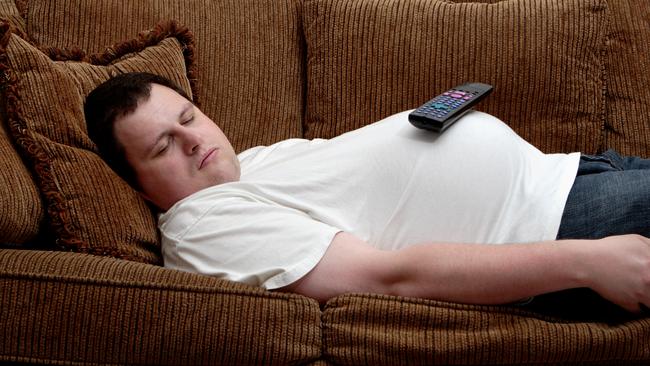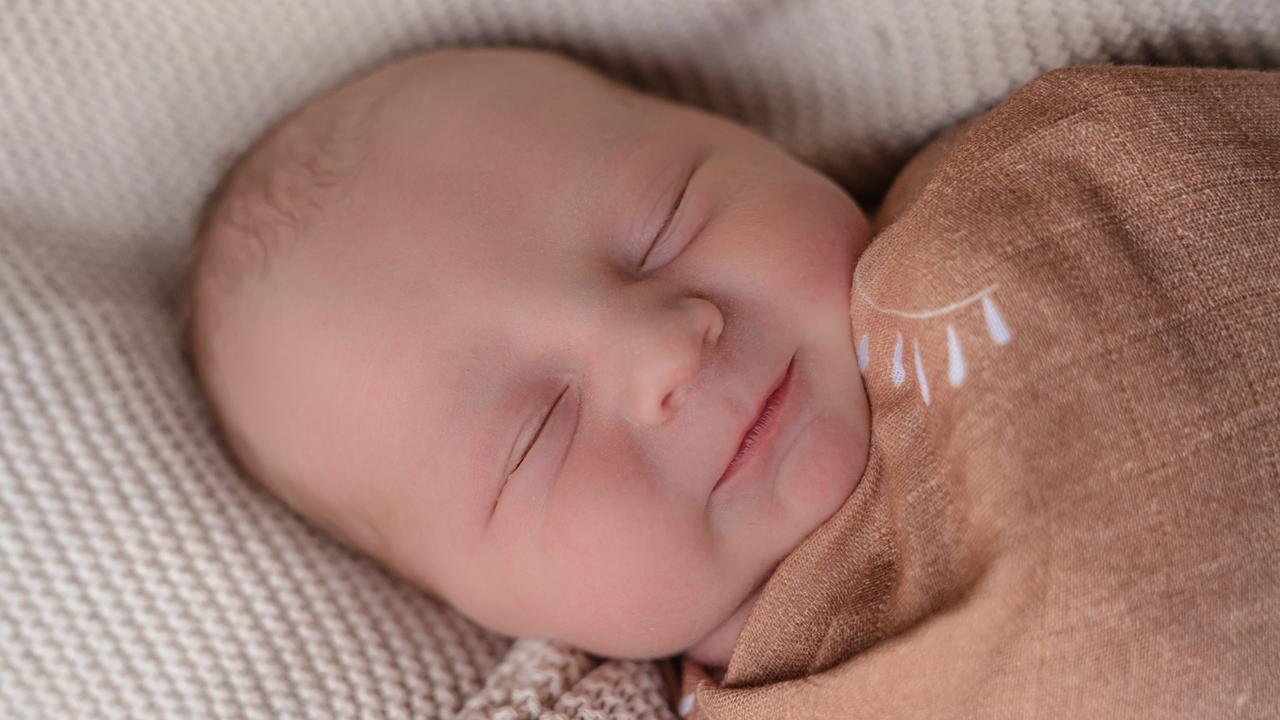Young adults getting fattest the fastest gaining half a kilo a year
THE curse of the middle aged spread is no longer to blame for the nation’s obesity crisis, with new research showing it’s young adults who are putting on the most weight each year.

Illness
Don't miss out on the headlines from Illness. Followed categories will be added to My News.
EXCLUSIVE: Young women have become the epicentre of the nation’s obesity epidemic with the fastest growing waistlines in the country.
And experts are warning this will have catastrophic implications for health costs and the next generation because childhood obesity has been linked to the eating habits of parents before they even conceive.
Women aged 25-34 saw their waistlines expand by an average of 8.4 centimetres in the 12 years from 2000 to 2012, the most of any age group says Deakin University obesity expert Professor Anna Peeters.
These women also stacked on the most kilos in that period adding 590g to their weight each year.
In 1995 the ABS national health survey showed women in this age group weighed an average 63.6 kilos, that had grown to 69 kilos in the same survey in 2015.

The waistlines of younger men are also expanding at a faster rate than those of older men.
Between 2000 and 2012 the waistlines of men aged 25-34 grew by 55mm a year and their weight rose by 550g a year.
In 1995 men in this age group weighed 80.6 kilos on average, this had grown to 85 kilos in 2015.
The warning comes as obesity experts shift from using BMI to using waist measurements as a better way of gauging the health risks of weight gain.
This is because new research shows women with waistlines over 80cm and men with waistlines over 94cm have the same increased risk of high blood pressure, type 2 diabetes, cardiovascular disease and death as those individuals who had a high BMI.
This new method of measuring rates of overweight and obesity shows twice as many Australians are too fat as when measured by BMI. In 2012 the prevalence of abdominal obesity was 26 per cent for males and 48.1 per cent for females.
Researcher Emma Gearon who conducted a study into Aussie waistlines says the best explanation was that people were increasingly carrying more fat and less muscle mass.

Professor Peeters says “based on current data young adults, particularly 18-25 are putting on weight the fastest,” she told News Corp.
The reason, she says, is high energy junk food is more heavily marketed to this group, they have more discretionary income from part-time jobs and they are less active and spend more times looking at screens.
“This is a real concern as it is very difficult to lose weight and so these young adults are likely to be even heavier than the current generation of older adults as they age, leading to disability, ill health and decreased quality of life, in addition to societal costs like productivity losses and increased healthcare costs,” she said.
A 2012 Australian study found the healthcare costs for a severely obese population were more than double those for the general population, with the difference appearing to be due to greater use of health services among the severely obese population.
Obesity experts are very concerned at the rate at which young females appear to be gaining weight because they fear it puts future generations of children at greater risk of developing obesity and chronic disease.
In December last year News Corp reported experts were warning that babies born today would have a shorter lifespan and suffer more disease because their parents were overweight when they were conceived.
The children of overweight parents are at higher risk of obesity, Type 2 diabetes, kidney disease and cancer.

The Australian Institute of Health and Welfare has identified that the nation’s obesity problem starts in adolescence but becomes catastrophic once young people leave school, get their first jobs and attend university.
Young people aged 18-21 were more than twice as likely to be obese in 2015 as those born 20 years ago.
In 1995 just 8 per cent of 18-21 year olds were obese, by 2015 this had risen to 15.2 per cent.
National Preventative Health Agency told the government the critical period of weight gain in men appears to be the 5-10 year period after leaving school.
“Many men leave the structure offered by school (with scheduled sport and physical activity, and a diet that may be monitored by parents) to a workplace or further study with less structure and less external monitoring,” it said.
For women the rate of increase in obesity appears to be greatest between the ages of 25 and 54 years during which time pregnancy and menopause onset may both have an impact, the agency said.

Ms Emma Gearon who has studied our growing waistlines has found in 2011-12, one in ten women classified in the healthy weight range, half of women classified as overweight, and a quarter of men classified as overweight, according to their BMI, were actually categorised as obese according to their waist circumference.
Professor Peeters says to stop young people piling on weight we need strong government regulation of marketing to children and teens, policies to provide healthy food in all community settings, and strategies to decrease sitting time and increase active time.
We also need more attention in the pre and post-natal periods to support young people and families to eat a healthy diet, she said.
The obesity problem is not confined to young adults, almost every age group in Australia is getting fatter each year and the problem is only set to get worse.
University of Sydney obesity expert Professor Alison Hayes has developed a model to predict the future of obesity in Australia and it finds that by 2025 1 in 6 women and 1 in 10 men will be severely obese.


